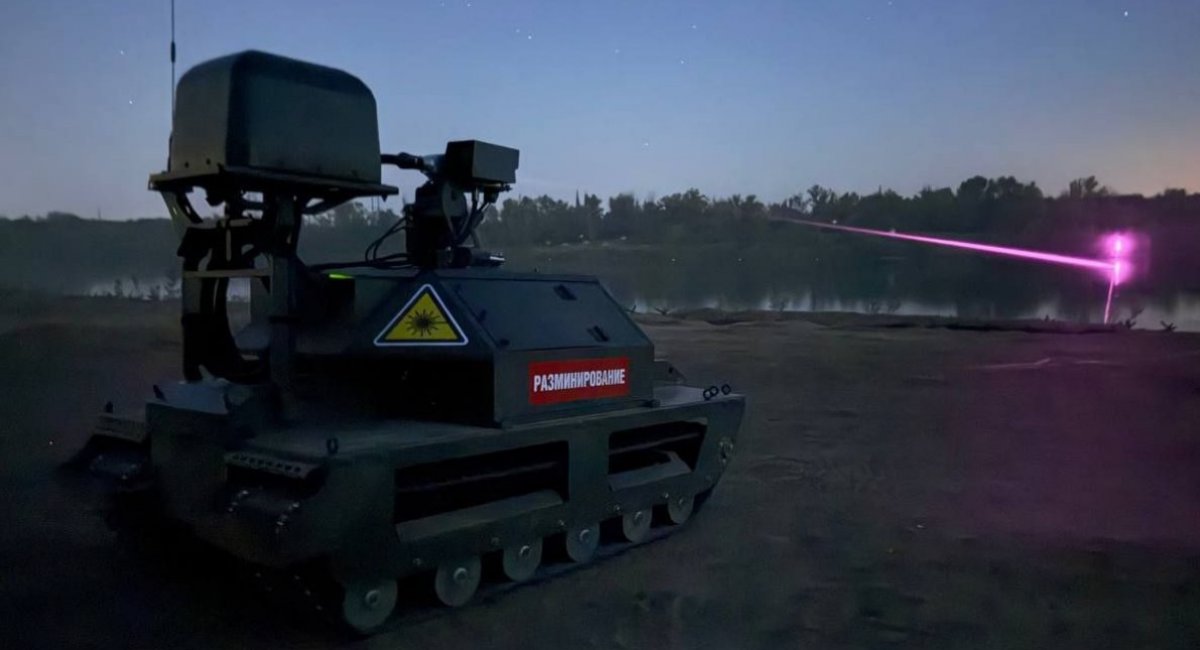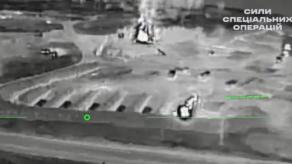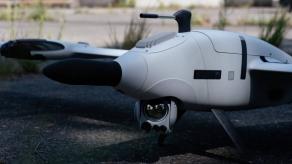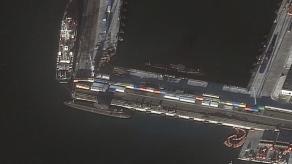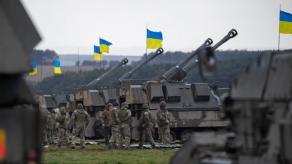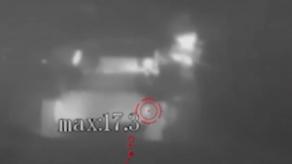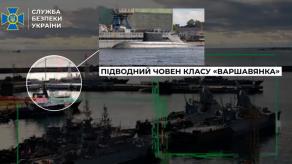russian forces have unveiled a laser system called Ignis, mounted on the Kurier ground robotic system. Unlike the typical role for such laser systems, air defense, this one is presented primarily as a demining tool. The shift of emphasis from shoot-down to neutralize-and-clear is notable in how the developers frame the system.
According to reports circulated in russian media, operators were able to neutralize TM-62 anti-tank mines on a riverbank without detonation. The declared operational range of the system is up to 200 metres, and manufacturers claim the laser was produced in russia, a point the report calls contentious, suggesting it might instead be Chinese laser adapted for the platform.
Read more: Europe's Most Successful Fighter Claim Challenged as 300th Jets Rolls Off Production Line
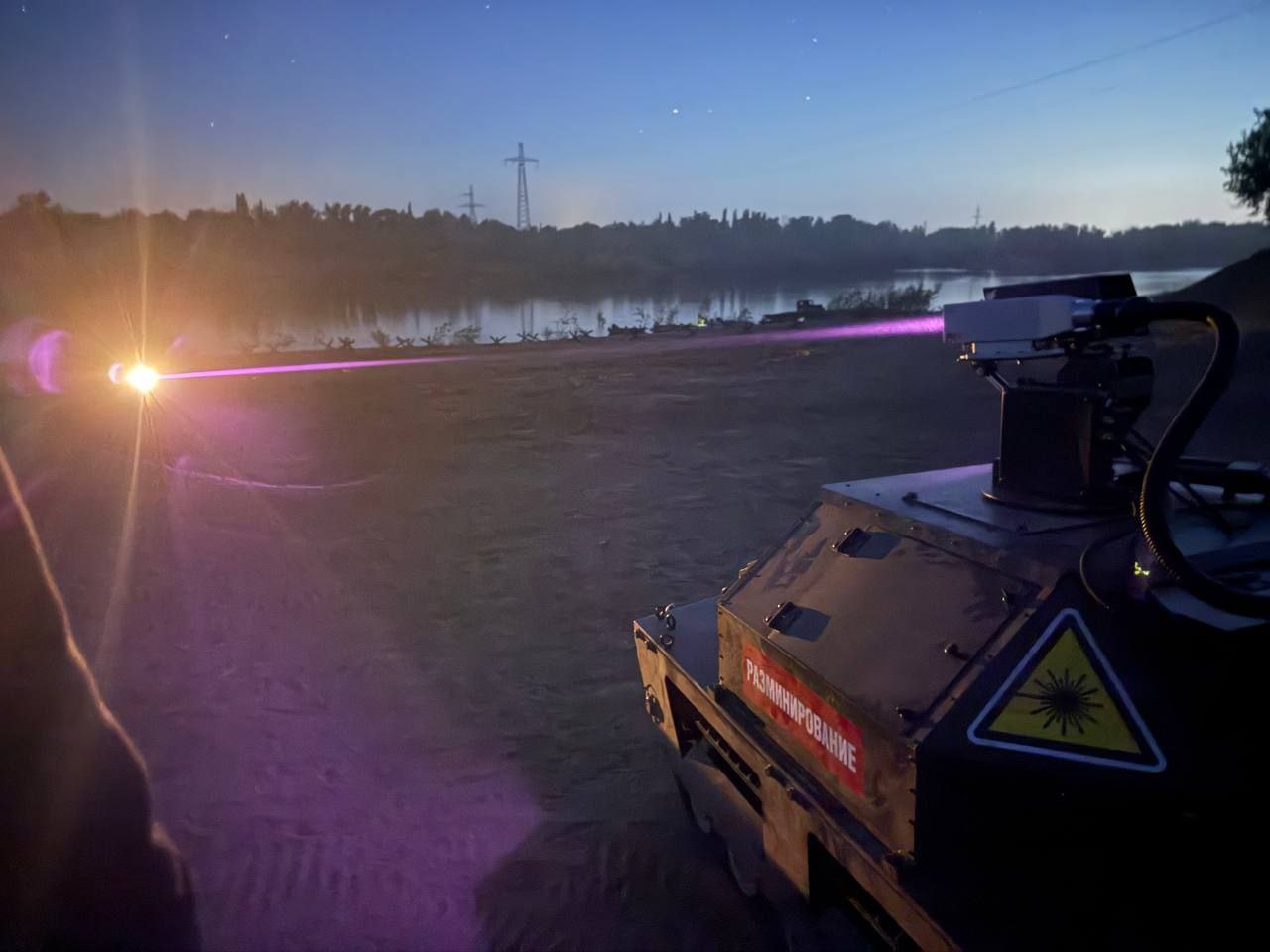
The concept of robotic demining is neither new nor niche: it is a popular approach because it reduces risk to personnel. Where most serial demining machines rely on mechanical means, lasers have long been considered as an alternative, and the Ignis system is a concrete example of that line of thinking being pushed into a fielded demonstrator.
Russian statements suggest the Ignis system is suitable not only for minefields but also for neutralizing "mine barriers", hazardous items in airports and similar rear-area or civilian roles. That positioning is reinforced by offers to produce the system both for engineering troops and for rescue services, implying a dual military-civilian sales intent.
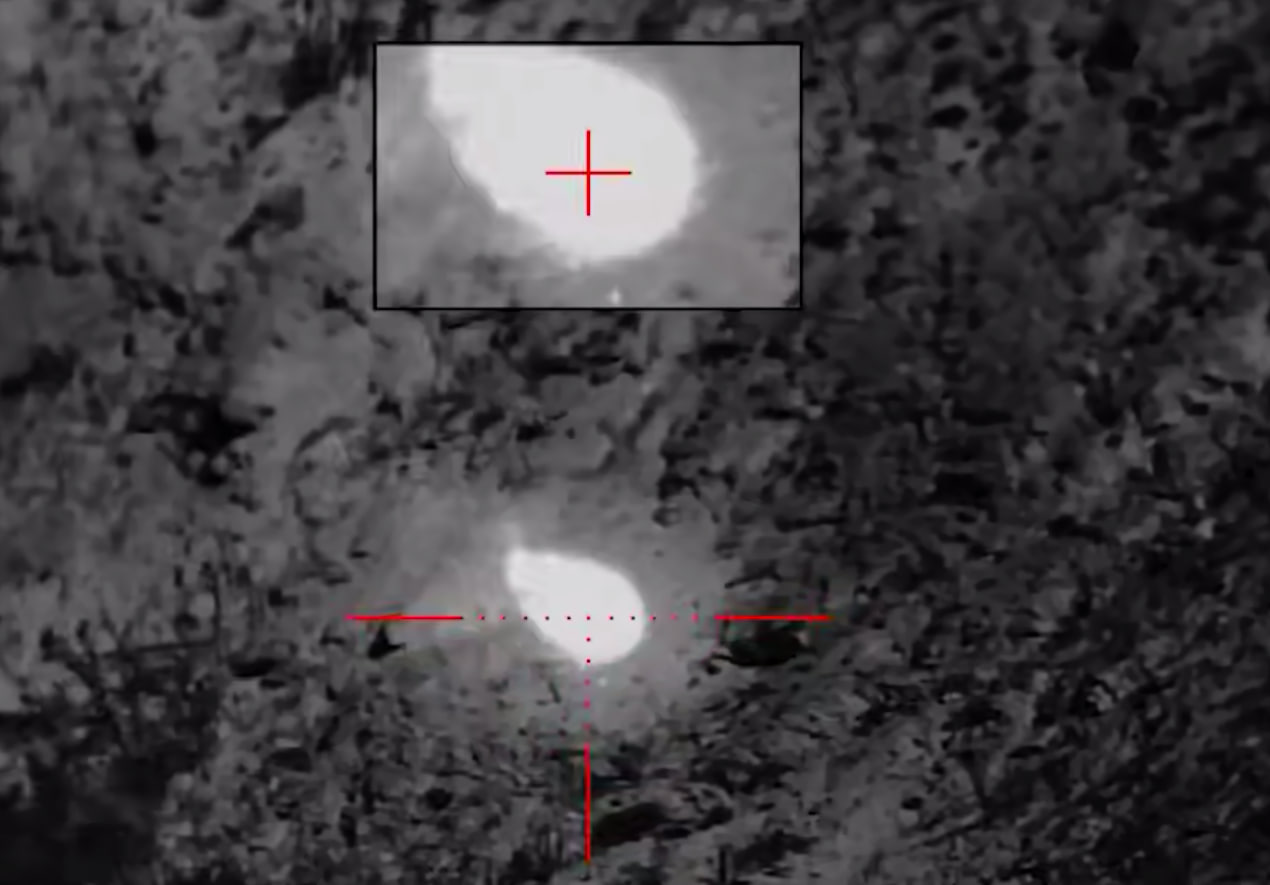
When it comes to battlefield utility, the system has potential advantages and clear limitations. A declared reach of 200 metres could facilitate breaching minefields on the front, but that figure likely reflects ideal conditions; in degraded weather or obscured visibility the effective range will almost certainly fall.
Operational questions remain. It is unknown how long the device needs to neutralize a single mine, a critical metric for maintaining momentum during an advance, and the drone that lingers in one place becomes an easier target for attack drones that now crowd many battlefields. Price and production scale are also unspecified, leaving doubt about how widely such systems could be fielded.
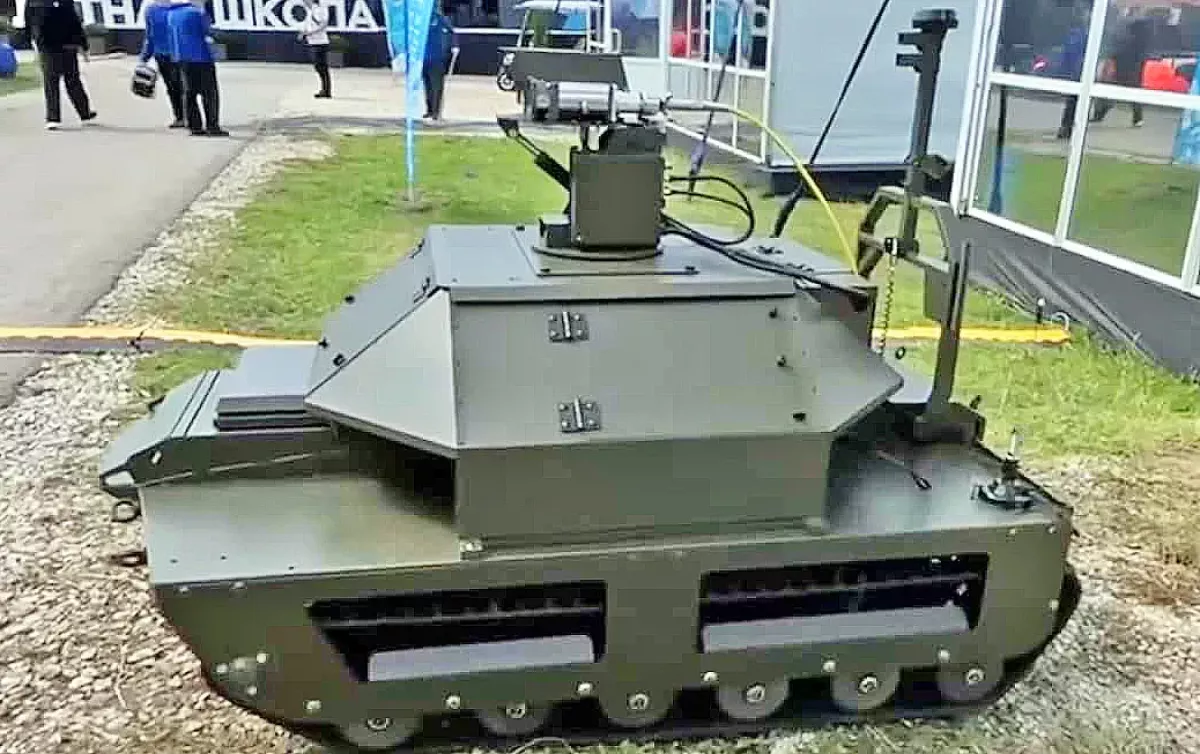
Finally, Moscow has shown other similar projects this year: the Posokh system from LazerBuzz is one such analogue, touted with a claimed range from 30 to 700 metres. Unlike the Ignis system presentation, however, the Posokh system has been shown primarily in the context of counter-drone work, with no practical footage of mine neutralization, and with ambitious claims that extend beyond small UAS to larger targets.
Read more: How Effective Are Ukraine's Retaliatory Strikes on russia's Energy Infrastructure and Why Cool-Headed Strategy Is Crucial




